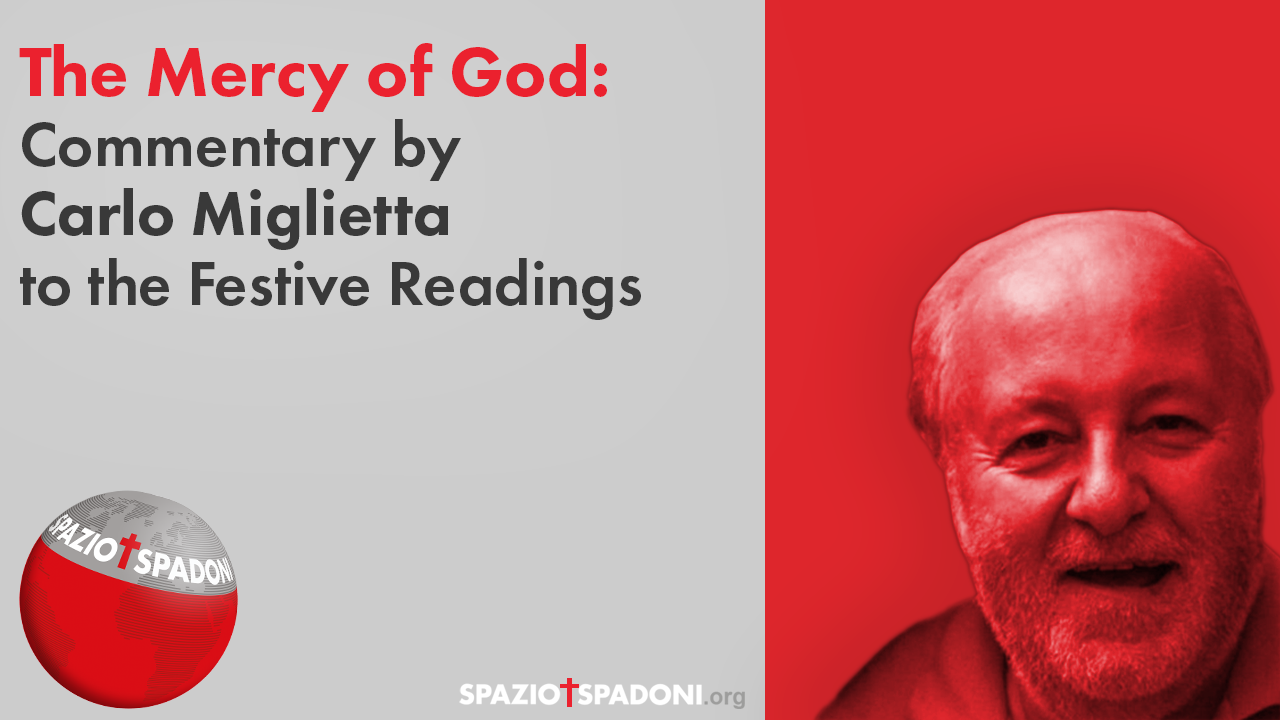
II Sunday Of Easter B – The Sharing Of Goods, Sign Of The Encounter With The Risen Jesus
Readings: Acts 4:32-35; 1 John 5:1-6; John 20:19-31
The Resurrection of Jesus, a historical event
Today’s Gospel powerfully proclaims to us that Jesus’ Resurrection is a historical, real fact. The critical or rationalist school, which arose in the 1700s, had disputed this: the Apostles would have been deceived about Jesus’ death (theory of apparent death), or about the tomb (misidentification, theft of corpse…), or about the apparitions (collective hallucinations, parapsychological phenomena, a double…). The mythical school, in the Protestant camp, at the end of the nineteenth century asserts that the resurrection itself is an object of faith, and not its foundation: it is a myth, a beautiful legend, a way of saying that Christ’s message is still alive for us, just as we say “Che Guevara lives”…
But the Gospels respond by underscoring the realism of the Resurrection event: the body of the dead Christ has disappeared from the tomb, as admitted by his own opponents (Mt 28:11-15); the risen Jesus can be touched (today’s Gospel: Jn 20:25-28) and eats with the disciples (next Sunday’s Gospel: Lk 24:41-43; cf. Acts 10:41). John tells us that the “Son of God” truly “came with water and blood” (Second Reading: 1 Jn 5:6), emphasizing its historicity: and thus summarizes the concreteness of the apostolic witness: “What we have heard, what we have seen with our eyes, what we have contemplated, and what our hands have touched, that is, the Word of life (for life has become visible, we have seen. ..), what we have seen and heard, we proclaim also to you” (1 John 1:1-3).
The same Body of Jesus, but transfigured
Of course, Jesus also passes through walls (Jn 20:19), the Magdalene mistakes him for the gardener and identifies him only when she is called by name (Jn 20:11-18), the two disciples of Emmaus walk with him for a long time and recognize him only at the breaking of the bread (Lk 24:13-35), the disciples realize that he is the Lord only after a miraculous catch (Jn 21:4-7). The Gospel accounts emphasize that on the one hand the Lord’s body is just as it was before, and on the other that it is transfigured. As Paul will say, “Thus… the resurrection of the dead: one sows corruptible and rises incorruptible…; one sows an animal body and rises a spiritual body” (1 Cor. 15:42-54). There is thus continuity but at the same time profound diversity between the perception of Christ before and after his resurrection. But the resurrection is not a blunder (critical school) or a beautiful hope (mythical school): it is a concrete, historical fact even if it transcends history by becoming meta-historical; a real event that transformed a group of fearful Jews locked in a room (Jn 20:19) into courageous apostles proclaiming their witness throughout the earth at the price of their blood.
The new Easter ethic: sharing
The concreteness of their experience translates into the concreteness of a new way of life: the Easter ethic that flows from Jesus’ resurrection is that of sharing. In the First Reading, the Christian community is presented as a model of solidarity: being “one heart and one soul” is immediately translated into the fact that “no one claimed as his property what belonged to him, but everything was common among them” (Acts 4:32-35). To be a disciple of Christ, one must sell one’s possessions and share them with those who have none (Mt 19:21; Lk 12:33). And do we today, as individuals, as groups, as parishes or as convents, still give the world this concrete sign of the Paschal event? “By this all will know that you are my disciples: if you love one another” (Jn 13:35): perhaps we are not credible in our proclamation precisely because we no longer live the new Easter ethic of the communion of goods?
